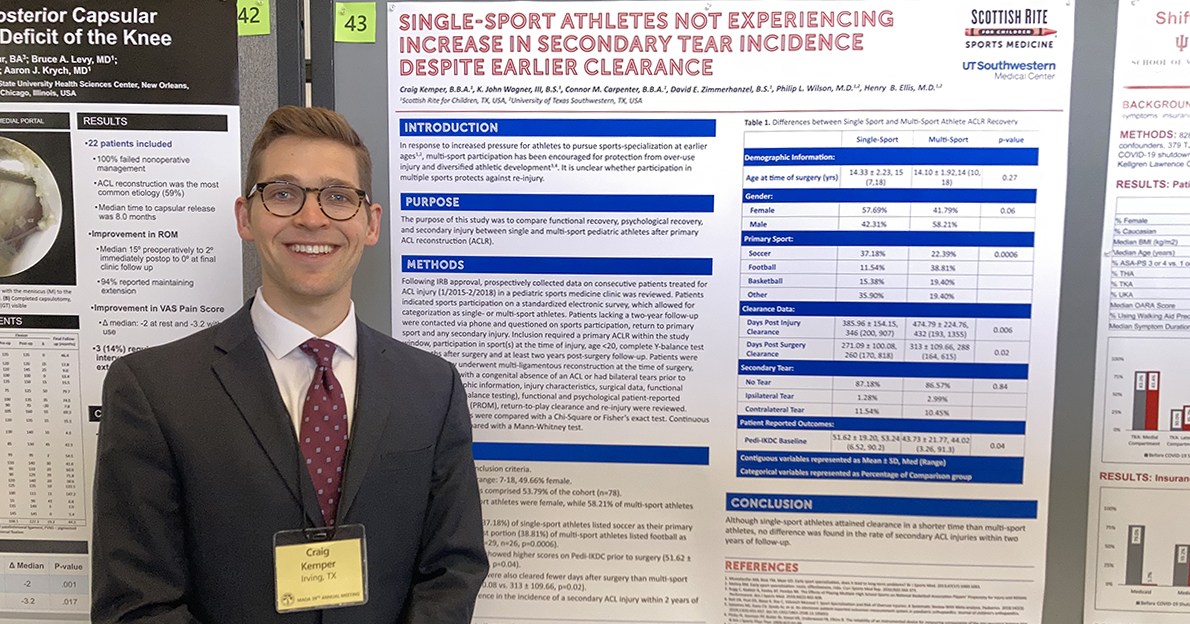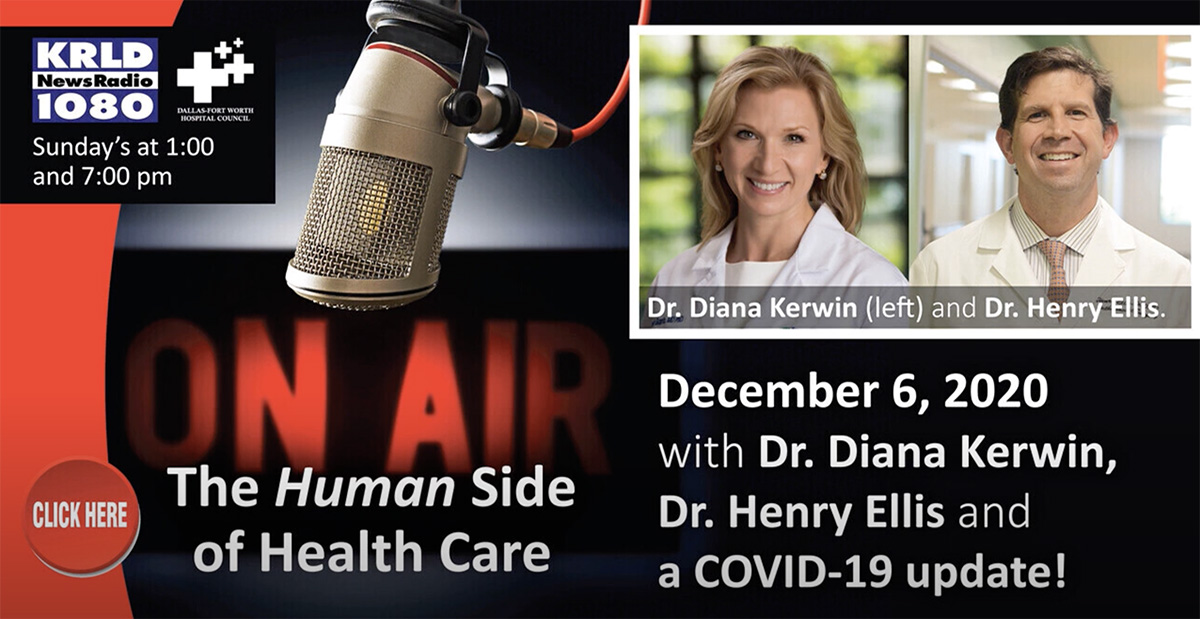Wrapping up his third year as a medical student at UT Southwestern Medical School, Craig Kemper, B.B.A., has participated in several projects with the Center for Excellence in Sports Medicine research team. Kemper was the lead author on a project looking at athletes...












